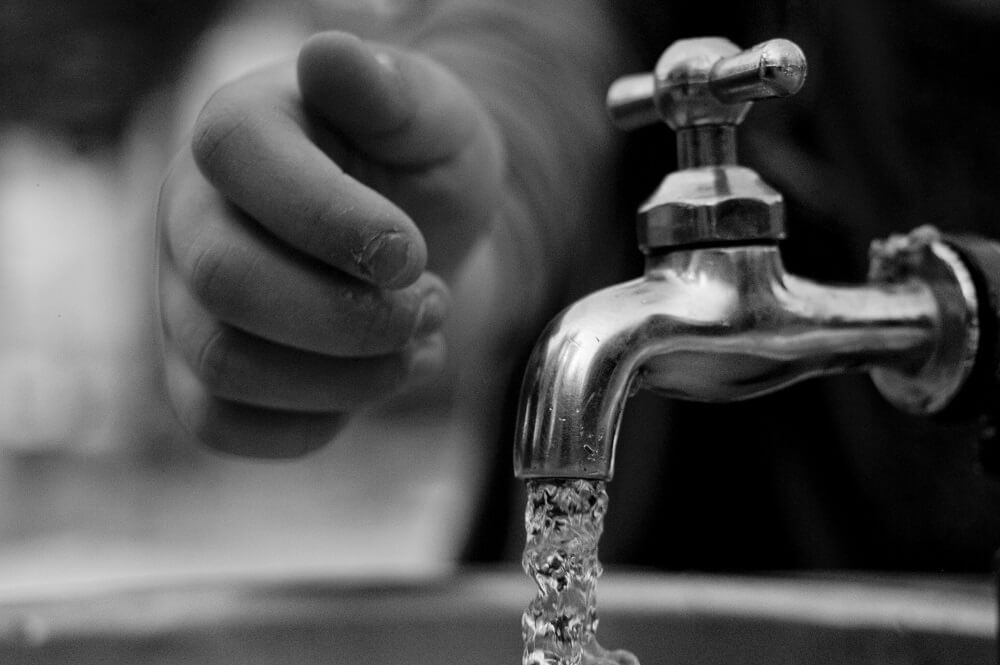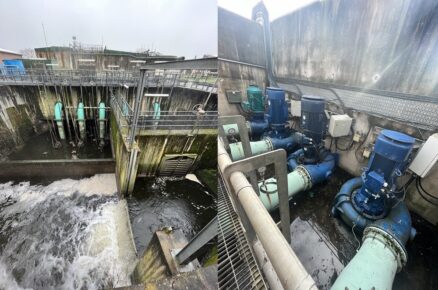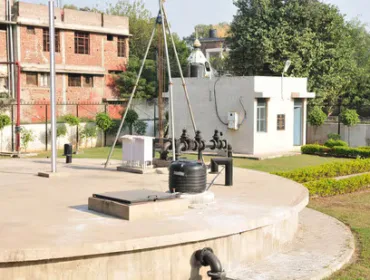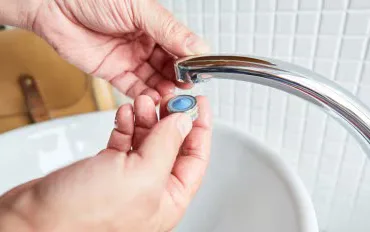WD News: South Koran scientists have come up with a new system of water purification that they claim can remove 99.9 per cent of the contaminants out of water in just 10 seconds.
Scientists from Daegu Gyeongbuk Institute of Science and Technology (DGIST) have published a paper in the journal Advanced Materials, titled ‘Supramolecular Engineering of Amorphous Porous Polymers for Rapid Adsorption of Micropollutants and Solar-Powered Volatile Organic Compounds Management’.
As per the paper, a porous material with a highly efficient, molecularly engineered framework was used as an adsorption material. “A highly efficient molecularly engineered covalent triazine framework (CTF) for rapid adsorption of micropollutants and VOC-intercepting performance using solar distillation is reported. Supramolecular design and mild oxidation of CTFs (CTF-OXs) enable hydrophilic internal channels and improve molecular sieving of micropollutants. CTF-OX shows rapid removal efficiency of micropollutants (>99.9% in 10 s) and can be regenerated several times without performance loss,” the paper says.
Simply put in the words of the paper’s corresponding author Prof Chiyoung Park from DGIST: “The technology is unrivalled with the world’s highest purification efficiency, removing more than 99.9 per cent of phenolic microplastics and volatile organic compound (VOC) contaminants in water at ultra-high speeds,” said Professor Park Chiyoung from Daegu Gyeongbuk Institute of Science and Technology (DGIST) in Korea.
How did they achieve this?
The team has produced a water treatment membrane capable of evaporating water using solar energy as a driving force through the developed polymer’s ability to absorb light broadly and convert the absorbed light into heat. The water treatment membrane coated with the oxidised polymer was confirmed to purify phenolic contaminants through sunlight.
The researchers synthesised a porous polymer with excellent adsorption performance and photothermal properties by reacting with an inexpensive and effective precursor. This enables a material with fast adsorption of micro-pollutants in the aquatic environment.
The existing mechanisms for removing the micro-pollutants that use carbon-based porous materials have a slow adsorption rate and also require high thermal energy for recycling. In the past various materials have been developed to improve contaminant removal efficiency. However, the science community has been having difficulty in developing materials that simultaneously satisfy excellent recyclability, high efficiency, economic efficiency of raw materials and industrialisation potential, according to reports.
In light of these limitations, the newly-developed technology is a breakthrough as the polymer does not require high thermal energy for recycling and can be used multiple times without loss of performance. This has been confirmed through experiments, the researchers said.
Why this matters in the larger picture of water crisis
Microplastic contamination of water is now one of the world’s environmental main concerns. According to a paper published in Nature in 2021, microplastic particles — predominantly ranging from 150 to 500 µm in size — were found in 100 per cent of the seawater samples and marine organisms tested. Freshwater sources were found to contain microplastics between 56 and 0.33 particles per litre, as per another study.
The paper published by South Korean scientists opens with the line: “Freshwater shortage is becoming one of the most critical global challenges owing to severe water pollution caused by micropollutants and volatile organic compounds (VOCs).”
In his statement, he added that the team expects that it will be a universal technology with high economic efficiency that can purify contaminated water and supply drinking water even in areas where there is no power supply.
Since the breakthrough system requires lower levels of energy, it makes it ideal for solar-based use — particularly useful for developing countries where the power supply is inconsistent and almost nil in some parts.
Source: TimesNow
Image courtesy: JournalsofIndia














